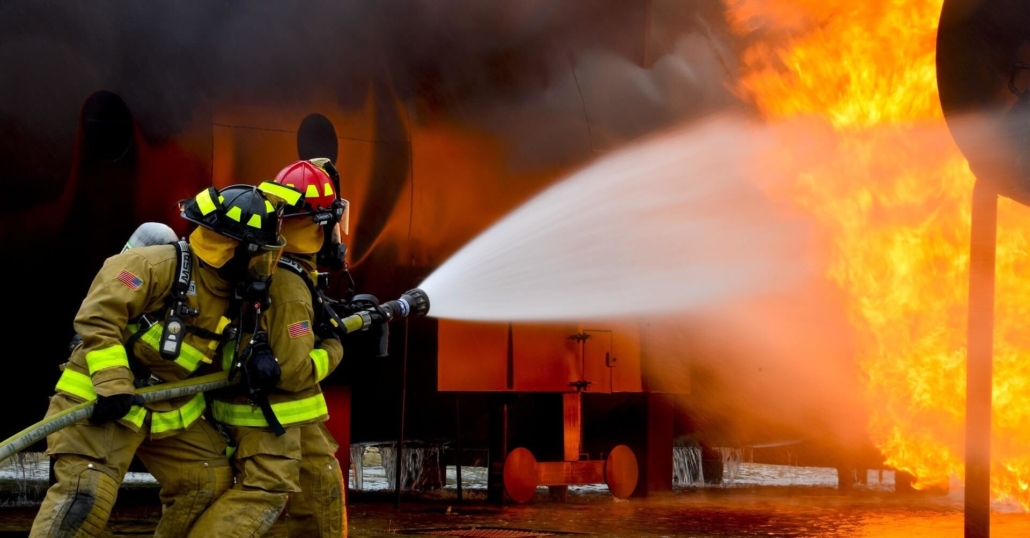Sydney businesses must make sure that they are safe from fires. This isn’t just to comply with the law, but also for their employees, customers, and even their property. The effects of a fire can be devastating costs in the shortest time, but the risk could be mitigated or avoided with the proper safety measures in place. The combination of inspections of fires, electrical systems testing and tagging and conformity with CFSP guidelines all contribute to an environment that is safer and also ensures that businesses are compliant with the Building Code of Australia and local council standards.
Why fire inspections are essential for your safety
The first line of defense are fire inspections. Inspections ensure that each element of a building’s fire protection system is in place and up-to-date. In Sydney the majority of businesses have to conduct inspections every six or 12 months, depending on structure’s type and the regulations of the council. The inspections can cover everything from sprinklers to fire alarm systems, to smoke detectors and hydrants to extinguishers.

Inspections are essential because they are able to uncover unnoticed problems prior to them becoming dangerous. A small fault on a fire hydrant or an obstruction in a smoke detector might appear minor at first however, in the event of an emergency, these flaws can cost lives. Through periodic fire inspections businesses owners are not only meeting legal requirements, but actively taking steps to ensure their workplaces are protected from unforeseen tragedies.
Hidden electrical risks can be addressed by testing and tagging
Electrical systems are one of the leading causes of workplace fires, which is why testing and tagging should always be part of a fire safety plan. This involves checking electrical appliances to ensure that they are secure, safe and compliant. Then a tag that is visible placed on the device to indicate it has passed inspection. In many organizations it’s more than just a regular requirement it’s a protection against risks that often go without being noticed.
If they are not checked for wear, old or worn cables, appliances with problems, and outdated wiring can quickly lead to fire hazards. By carrying out regular testing and tagging, businesses can reduce the likelihood of electrical problems that could cause fires. Also, it assures employees that their working environment is safe, building trust and confidence within the workplace. In conjunction with tests, fire inspections and tagging offers a comprehensive security plan to reduce risk across multiple areas.
The purpose of CFSP is compliance and certification
In New South Wales only a Competent Fire Safety Practitioner (CFSP) is able to certify or sign crucial documents regarding fire safety, such as the Annual Fire Safety Declarations. The CFSP certification ensures that only qualified professionals can review and verify fire safety measures. Utilizing the CFSP guarantees that reports and inspections are not just paper work, but are backed by reliable assessments from experts.
The CFSP’s role goes beyond performing checks on boxes. These experts provide thorough reports and ensure compliance to rules and regulations. Businesses without CFSP certification run the risk of legal repercussions, fines and even shut-down if fire safety measures are deemed insufficient. Employing professionals who are accredited ensures that the fire safety systems are maintained correct and that all requirements to be in compliance are met.
The Fire Safety Act: A Lifetime Obligation
Every business owner has a responsibility to make sure that fire safety is a priority. Regular inspections and testing of electrical equipment with proper certification through CFSP ensure a safety loop that will never end. Beyond compliance with law, this ongoing approach fosters the culture of safety in the workplace. Employees feel reassured knowing that evacuation plans clearly laid out are in place and that smoke alarms are in place and tested for emergency lighting and fire-fighting equipment is ready to use.
Implementing fire safety as an ongoing process instead of a yearly checkbox not only reduces risks but also strengthens the reputation of a company. When safety is prioritized customers and clients feel more secure. A proactive, long-term approach to security measures against fires can save money through preventing expensive damage and legal disputes, as well as fines. It also protects everyone in the structure.
Conclusion
Sydney fire safety requires an approach that is multilayered, which includes fire inspections and testing tags and certifications by a CFSP. Each of these elements is crucial in helping businesses comply with laws, but most importantly to safeguard property and lives. Companies that place safety as an essential aspect of their work and not just a passing note will fulfill their legal obligations and make a more stable and safe environment.